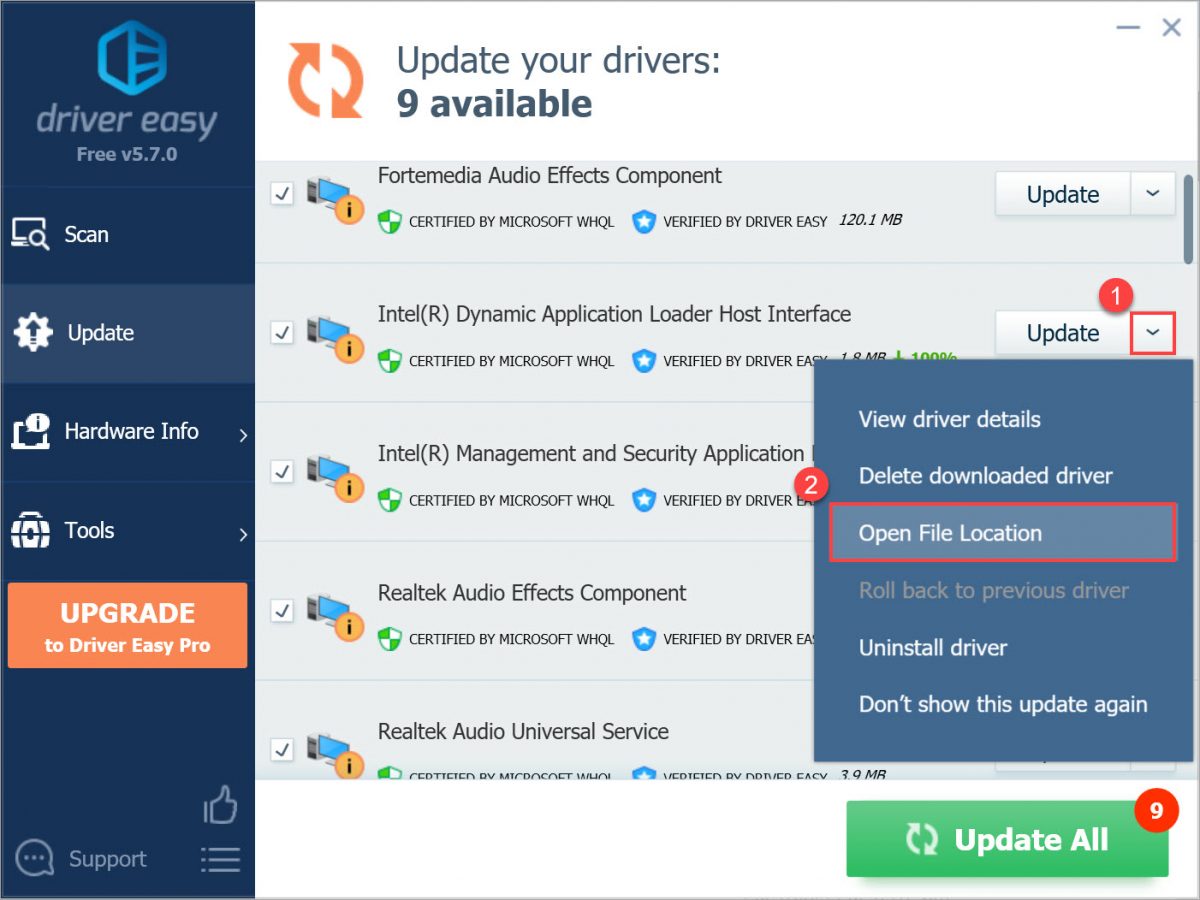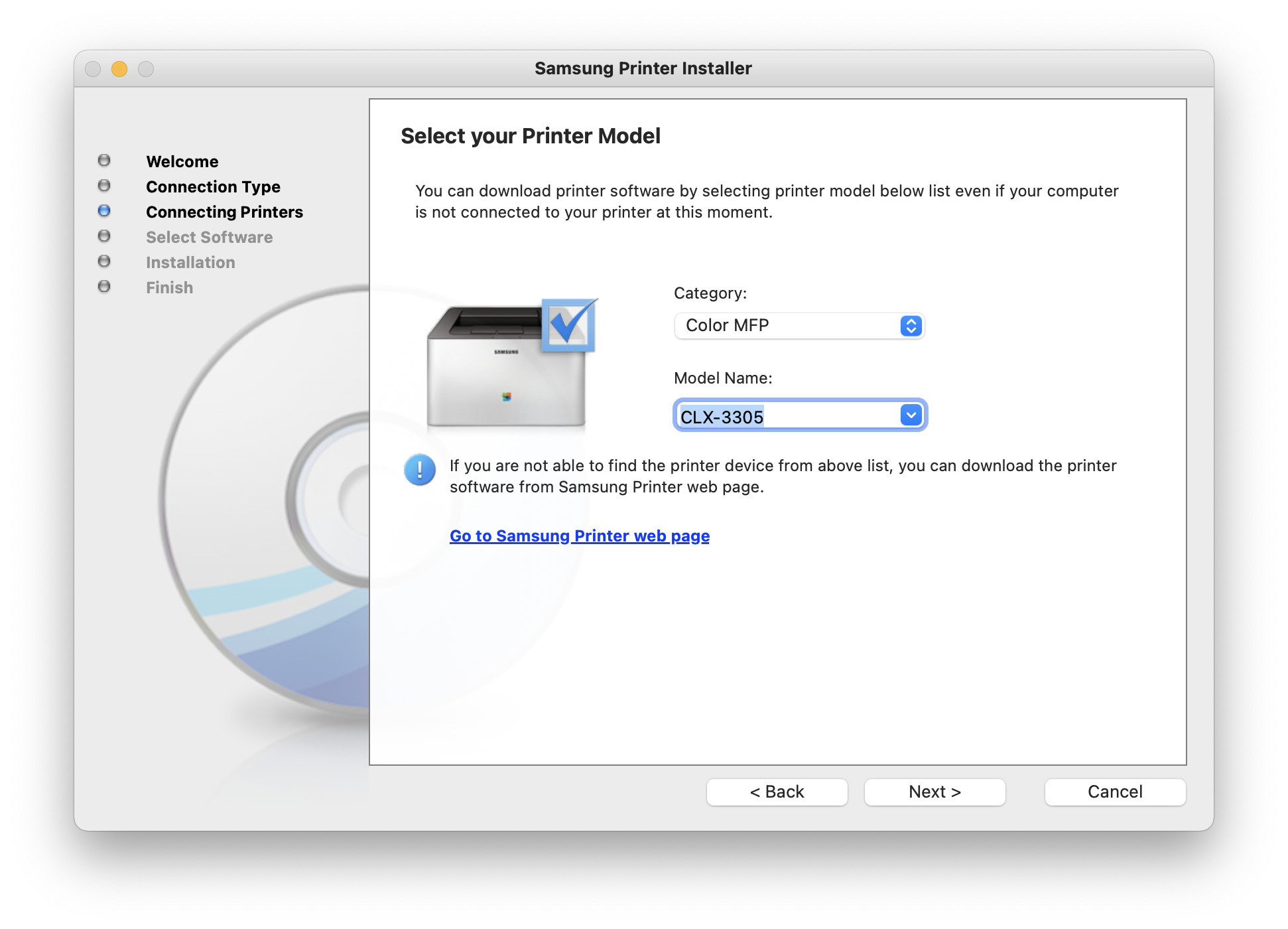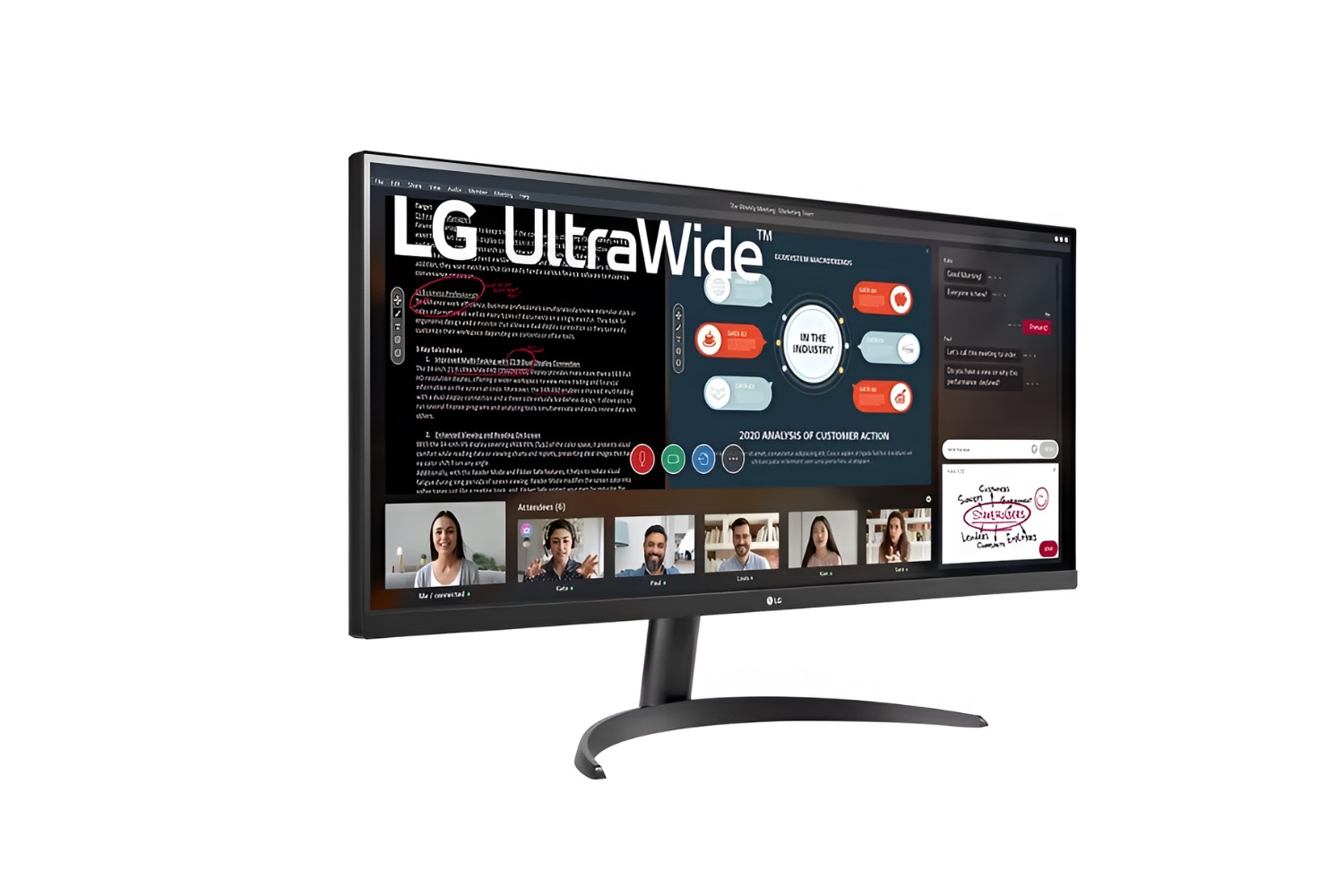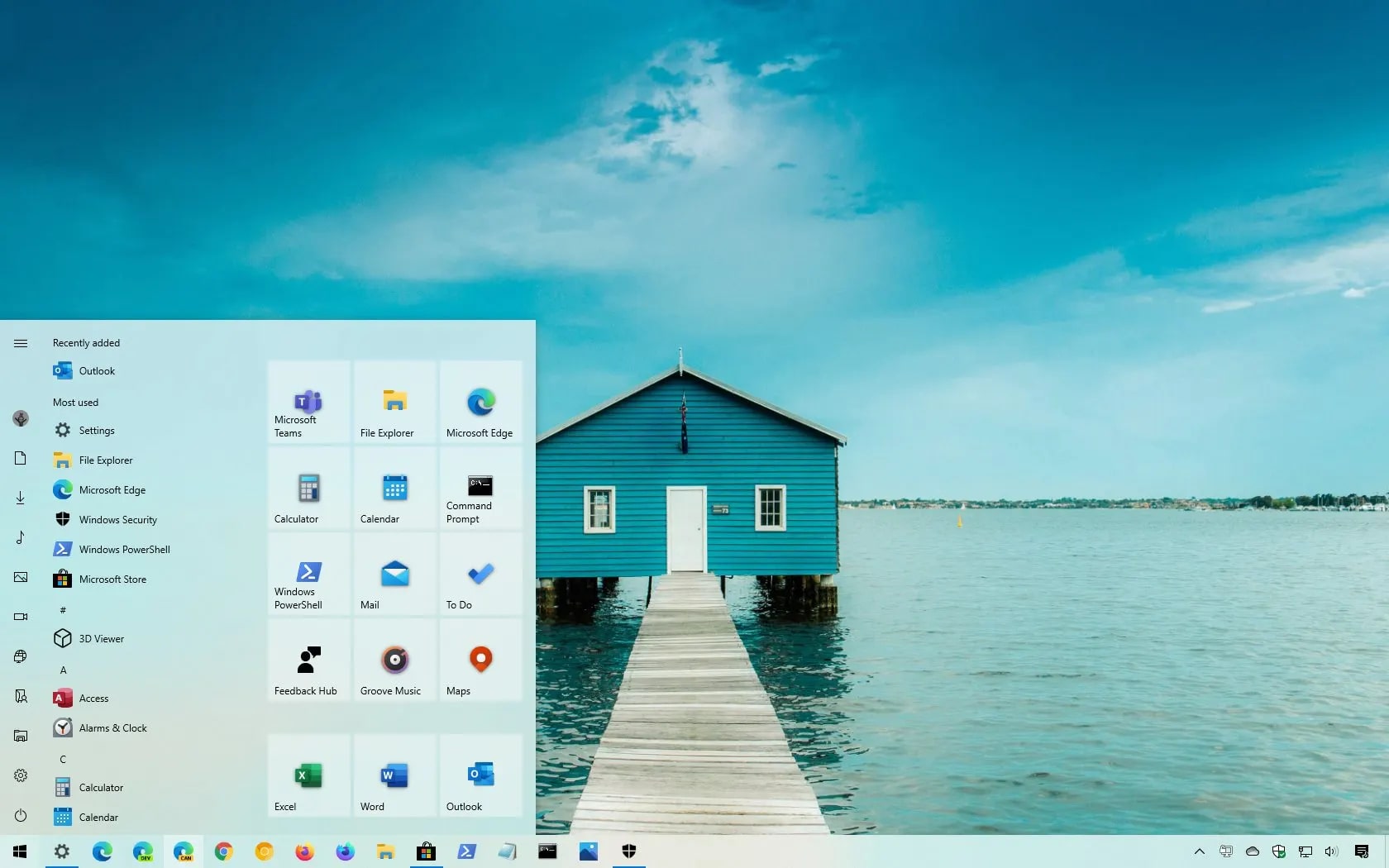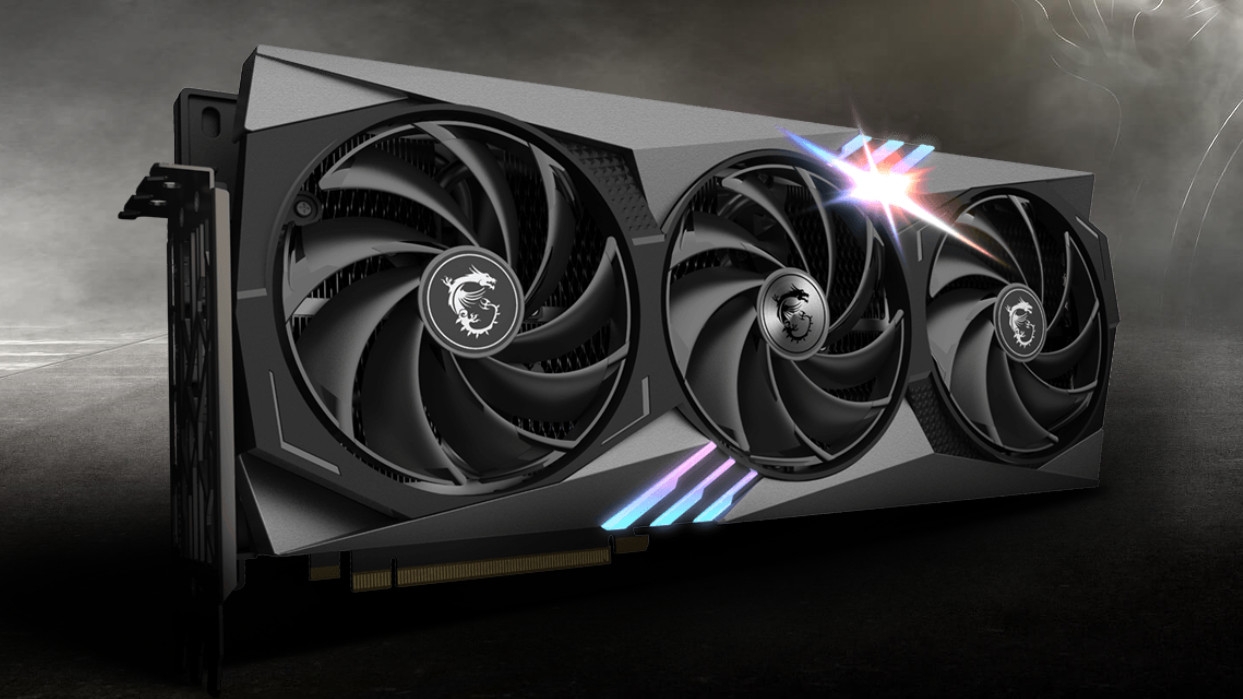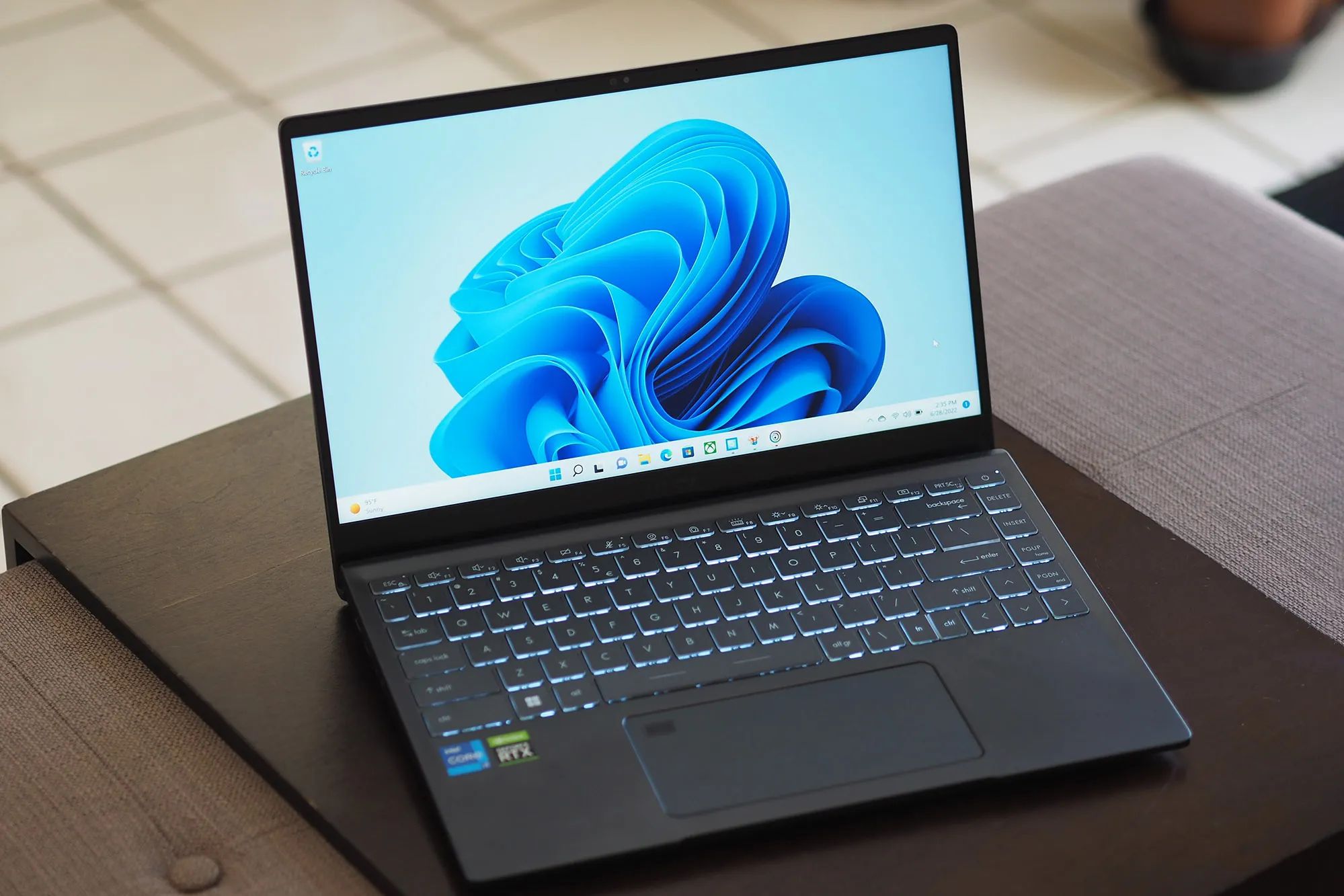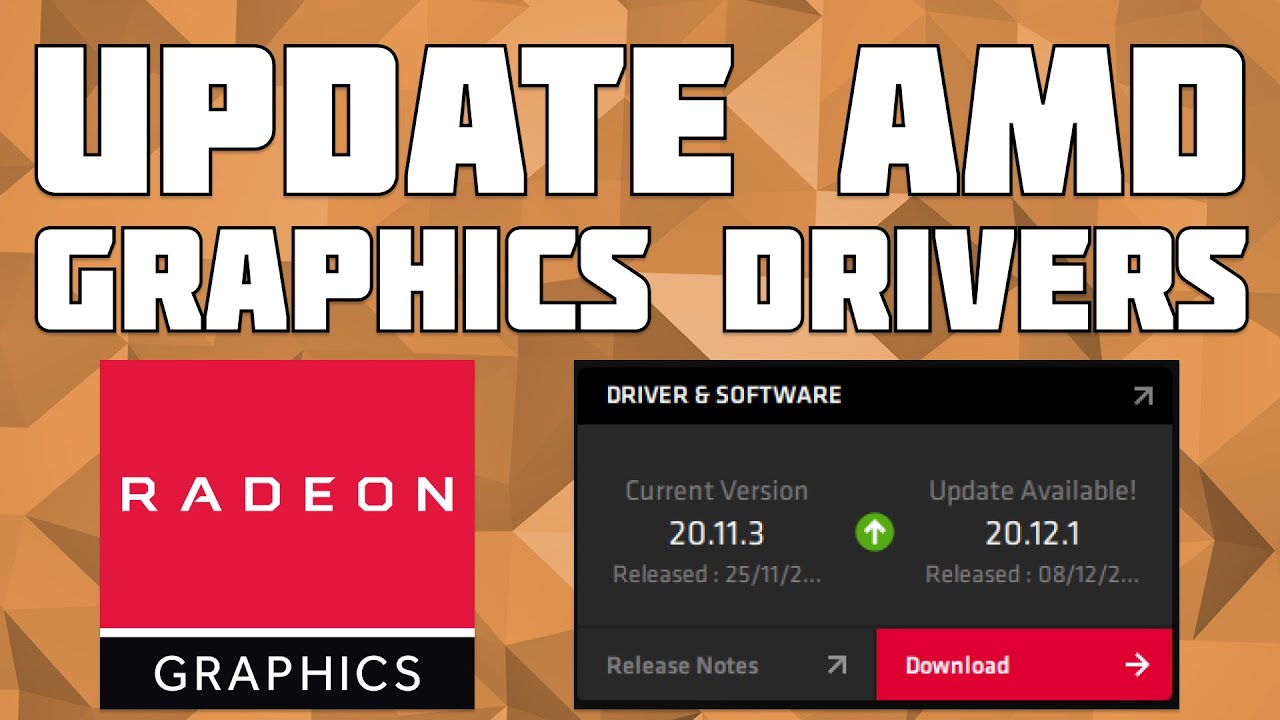Introduction
Welcome to this guide on how to download drivers for your devices. Whether you’re a tech enthusiast or a regular computer user, keeping your drivers up to date is essential for maintaining optimal performance and compatibility. Drivers are software programs that allow your operating system to communicate with hardware devices such as printers, scanners, graphics cards, and more.
Over time, manufacturers release updates and enhancements for their drivers to fix bugs, improve stability, and even introduce new features. By regularly updating your drivers, you can ensure that your devices function properly and efficiently.
This guide will walk you through the step-by-step process of downloading and installing drivers from the manufacturer’s website. We will cover the basics from determining the device you need drivers for to locating the appropriate drivers for your operating system.
Whether you’re using Windows, macOS, or Linux, the steps outlined in this guide are applicable to all operating systems. So, let’s dive in and learn how to download drivers for your devices.
Step 1: Determine the Device
The first step in downloading drivers is to determine the specific device for which you need the drivers. This could be a printer, scanner, graphics card, sound card, or any other hardware component connected to your computer.
If you’re unsure about the device, you can check the device manager on your computer. On Windows, you can access the device manager by right-clicking on the Start button and selecting “Device Manager” from the menu. On macOS, go to the Apple menu, select “About This Mac,” and click on the “System Report” button. In the left sidebar, you’ll find the “Hardware” section where you can view a list of connected devices.
Once you have identified the device, make a note of the manufacturer and model number. This information is crucial for finding the correct drivers on the manufacturer’s website.
If you’re using a laptop, the manufacturer’s website might have a specific section for drivers where you can enter your laptop’s serial number or model name to download the appropriate drivers. On the other hand, if you’re using a self-assembled desktop or a standalone hardware component, you’ll need to visit the manufacturer’s website directly.
It’s important to note that some components might have generic drivers available on the operating system itself. However, downloading and installing the latest drivers from the manufacturer’s website generally ensures better performance and compatibility with your specific device.
Now that you have identified the device and noted down the manufacturer and model number, you’re ready to move on to the next step – visiting the manufacturer’s website to download the drivers.
Step 2: Visit the Manufacturer’s Website
After determining the device for which you need drivers, the next step is to visit the official website of the device’s manufacturer. Most reputable hardware manufacturers have dedicated support sections on their websites where you can find and download the latest drivers for their devices.
To find the manufacturer’s website, you can simply perform a web search using the device’s make and model number. This will usually lead you to the official website as one of the top search results.
Once you’re on the manufacturer’s website, look for a “Support” or “Downloads” section. This is where you’ll typically find the drivers for their devices. Some manufacturers also have a separate section for driver downloads.
Browsing the manufacturer’s website may seem intimidating at first, especially if you are not familiar with it. However, most websites are designed with user-friendliness in mind and offer intuitive navigation menus. Usually, you will find links or dropdown menus that categorize products and support options.
If you’re having trouble finding the support section or navigating the website, you can refer to the website’s search bar and enter keywords like “drivers” or “downloads” followed by the device’s make and model number. This can help you quickly locate the page or section dedicated to driver downloads.
It’s important to note that you should only download drivers from the manufacturer’s official website. Avoid downloading drivers from third-party websites, as they may contain malware or outdated versions of the drivers.
By visiting the manufacturer’s website, you ensure that you are downloading the most up-to-date and compatible drivers for your device, which will result in optimal performance and stability.
Now that you have reached the manufacturer’s website, it’s time to proceed to the next step: locating the drivers section.
Step 3: Locate the Drivers Section
Once you’re on the manufacturer’s website, the next step is to locate the section dedicated to drivers. Most reputable manufacturers have a separate page or section where they provide drivers for their devices.
Look for a menu option or tab labeled “Support” or “Downloads.” This section may also be named “Drivers,” “Software,” or something similar. Manufacturers understand that users need quick and easy access to the drivers, so they typically design their websites with clear navigation and organization.
Some manufacturers may have a search bar on their website where you can directly search for drivers by entering the device’s model number or name. This can be a convenient way to find the specific drivers you need without having to manually navigate through different sections of the website.
If you’re unable to find the drivers section, you can also try looking for a “Product Support” or “Customer Support” section. Manufacturers often include drivers along with troubleshooting guides, manuals, and other forms of support in these sections.
In some cases, the drivers for different devices may be categorized separately. For example, you may find separate sections for printers, scanners, graphics cards, and other hardware components. Make sure to select the correct section corresponding to your device.
Once you have located the drivers section, you’re one step closer to downloading the appropriate drivers for your device. With the drivers section open, you can now proceed to the next step of selecting the operating system.
Step 4: Select the Operating System
After finding the drivers section on the manufacturer’s website, the next crucial step is to select the appropriate operating system for which you need the drivers. This ensures that you download drivers that are compatible and specifically designed for your operating system.
In most cases, the website will provide a dropdown menu or a list of operating systems to choose from. Common options include Windows, macOS, and Linux. Select the operating system that matches the one installed on your computer.
It’s essential to choose the correct operating system because drivers are developed to work with specific operating systems and versions. Using drivers designed for a different operating system may result in compatibility issues, stability problems, or even non-functioning devices.
If your operating system is not listed in the options, it means that the manufacturer does not provide drivers specifically for that operating system. However, in some cases, generic drivers provided by the operating system itself may work reasonably well. It’s recommended to try using the built-in drivers before resorting to third-party sources.
Make sure to double-check your operating system selection before proceeding to the next step. Downloading the wrong drivers can cause unnecessary complications and may require reinstallation of the correct drivers.
Once you have selected the operating system, you’re now ready to download the drivers specific to your device and operating system. The next step will guide you through the process of downloading the drivers onto your computer.
Step 5: Download the Drivers
Now that you have selected the appropriate operating system, you can proceed to download the drivers for your device. The process may vary slightly depending on the manufacturer’s website, but the overall steps are usually similar.
Look for a download button or link next to the driver that matches your device and operating system. It’s common for manufacturers to provide multiple versions of drivers, so make sure to select the latest version to benefit from bug fixes, performance improvements, and new features.
Before downloading the drivers, you may be asked to review and accept the manufacturer’s terms and conditions or license agreement. Ensure that you understand and agree to these terms before proceeding.
Once you click on the download button, the file will begin downloading to your computer. The file size and download time can vary depending on the driver and your internet connection speed.
When the download is complete, locate the downloaded file on your computer. The file may be in the Downloads folder or the location you specified for downloads.
Before proceeding with the installation, it’s a good practice to scan the downloaded file with a reliable antivirus program to ensure it is safe and free from any malware or viruses.
After verifying the safety of the file, double-click on it to begin the installation process. Follow the on-screen instructions provided by the driver installer. During the installation, the driver package may prompt you to agree to additional terms or customize the installation settings. Review these options carefully and make your selections accordingly.
Once the installation is complete, you might be prompted to restart your computer for the changes to take effect. It’s essential to restart your computer to ensure that the new driver is properly integrated into the system.
Congratulations! You have successfully downloaded and installed the drivers for your device. Your hardware is now equipped with the latest software that will maximize its functionality and performance.
In the next section, we’ll go over the final step of this process – installing the drivers on your computer.
Step 6: Install the Drivers
After downloading the drivers for your device, the final step is to install them on your computer. The installation process may vary depending on the driver and operating system, but the overall steps are usually straightforward.
Locate the downloaded driver file on your computer and double-click on it to begin the installation. If the file is in a compressed format (e.g., .zip or .rar), extract its contents to a folder before proceeding.
The driver package will launch an installer or wizard that will guide you through the installation process. Follow the prompts and instructions provided on the screen.
During the installation, you may be asked to select the installation location or customize certain settings. If you’re uncertain, it’s generally safe to proceed with the default options. However, you can also choose to customize the installation based on your preferences.
Depending on the driver and device, you may be required to connect the hardware physically before or during the installation process. Follow the manufacturer’s instructions to ensure a successful connection.
Once the installation is complete, you may be prompted to restart your computer to apply the changes. It’s essential to restart your computer as it allows the newly installed drivers to fully integrate into the system.
After restarting, your device should be ready to use with the newly installed drivers. You can verify the installation by checking the device manager on your computer, which should display the device without any warnings or errors.
It’s worth noting that some drivers may come with additional software or tools designed to enhance the functionality of the device. These software packages are usually optional, and you can choose whether or not to install them during the driver installation process.
Remember to keep your drivers up to date by regularly checking for updates on the manufacturer’s website. Updated drivers can provide performance improvements, bug fixes, and compatibility enhancements for your devices.
Now that you have successfully installed the drivers for your device, you can enjoy the full functionality and performance of your hardware. If you encounter any issues or compatibility problems, you may need to reinstall the drivers or seek further assistance from the manufacturer’s support channels.
Conclusion
Congratulations! You have reached the end of this guide on how to download drivers for your devices. By following the step-by-step process outlined in this guide, you can ensure that your hardware is equipped with the latest and most compatible drivers.
Regularly updating your drivers is essential for maintaining optimal performance and compatibility. Outdated drivers can lead to device malfunctions, reduced functionality, and even system instability. By keeping your drivers up to date, you can ensure that your devices work smoothly and efficiently.
Remember to always visit the official website of the device’s manufacturer to download the drivers. Avoid downloading drivers from third-party sources, as they may contain outdated or malicious software.
Throughout this guide, we covered the key steps, including determining the device, visiting the manufacturer’s website, locating the drivers section, selecting the operating system, downloading the drivers, and installing them on your computer.
Always follow the manufacturer’s instructions and guidelines during the driver installation process. If you encounter any issues or need further assistance, refer to the manufacturer’s support channels for troubleshooting and support.
Lastly, it’s important to keep in mind that driver updates are not limited to hardware devices. Your operating system, such as Windows, macOS, or Linux, also requires regular updates to ensure compatibility with new hardware and software.
We hope this guide has been helpful in guiding you through the process of downloading and installing drivers for your devices. Enjoy the enhanced performance and functionality of your hardware with the latest drivers!
Thank you for reading!







